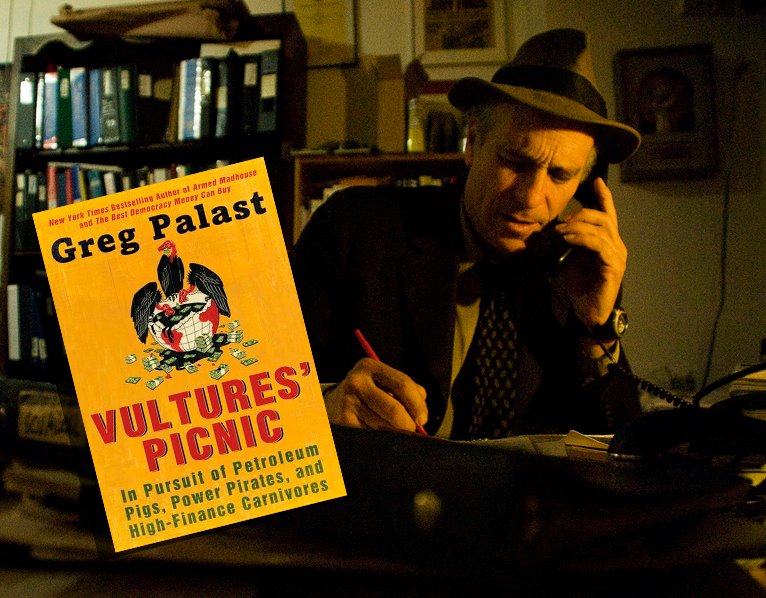As an economist and statistician by training, the technical term for the "movers" purge list is "garbage." Indeed, the state Board of Elections is resisting using a list they fear could be 15% wrong -- unacceptable when the right of a citizen to vote is at stake. But our experts found the list twice as error-filled as the state's guesstimate.
Maps of the Milwaukee area reveal a near-perfect match between the percentage of Black voters in a Census tract with the number of voters wrongly tagged as having moved.
Rick Esenberg brought this lawsuit on behalf of Wisconsin Institute for Law & Liberty (WILL). When I spoke to him, Esenberg admitted he had not checked his would-be voter cancellation list for accuracy. He never heard of address list hygiene and claims he has no idea that the list is overloaded with Black and low-income voters.
WILL is backed by the right-wing Wisconsin billionaire Bradley Foundation. That does not surprise Elections Commissioner Ann Jacobs who is blunt about their aim: "I think it's crystal clear the intent of this suit was to remove voters in Milwaukee and Madison " on behalf of the Republican Party in an attempt to gain an advantage " particularly for the Presidential race." Catch Esenberg, Jacobs and the full story in this 7-minute film.
Whatever the intent, how could Esenberg's group get it so wrong? It begins with a misuse of what is called the "ERIC" list. ERIC is the Electronic Registration Information Center of Washington.
ERIC, controlled by 30 state officials, uses a limited and amateurish system for identifying those who have moved from their registration address. But that's not a problem, as ERIC was not established to hunt voters for the purge but to find those who moved into a state or town and invite them to register.
ERIC often confuses common names like James Brown. If the wrong James Brown gets a postcard inviting him to register, no harm done. But the Wisconsin Legislature and then-Gov. Scott Walker added a stinger: If a voter does not return the postcard, they must be removed from the voter rolls.
The card looks like "junk mail" -- so less than 2% returned it. Our lead address verification expert John Lenser said, "not returning a postcard does not at all indicate someone has moved. People think it's so-called 'junk mail' and toss it." Indeed, he says, unless a card is returned "undeliverable," that is evidence the voter has not moved.
Mark Swedlund, a recognized expert in mailings, notes from Census studies that minority, young and urban residents don't always receive mass mailings and respond at only a fraction of the rate of white, older, suburban homeowners. In effect, the "Jim Crow" result is in the postcard return requirement.
The Palast Fund reached out to over 700 voters, and we heard the same story again and again: "I never moved."
(Note: You can view every article as one long page if you sign up as an Advocate Member, or higher).





